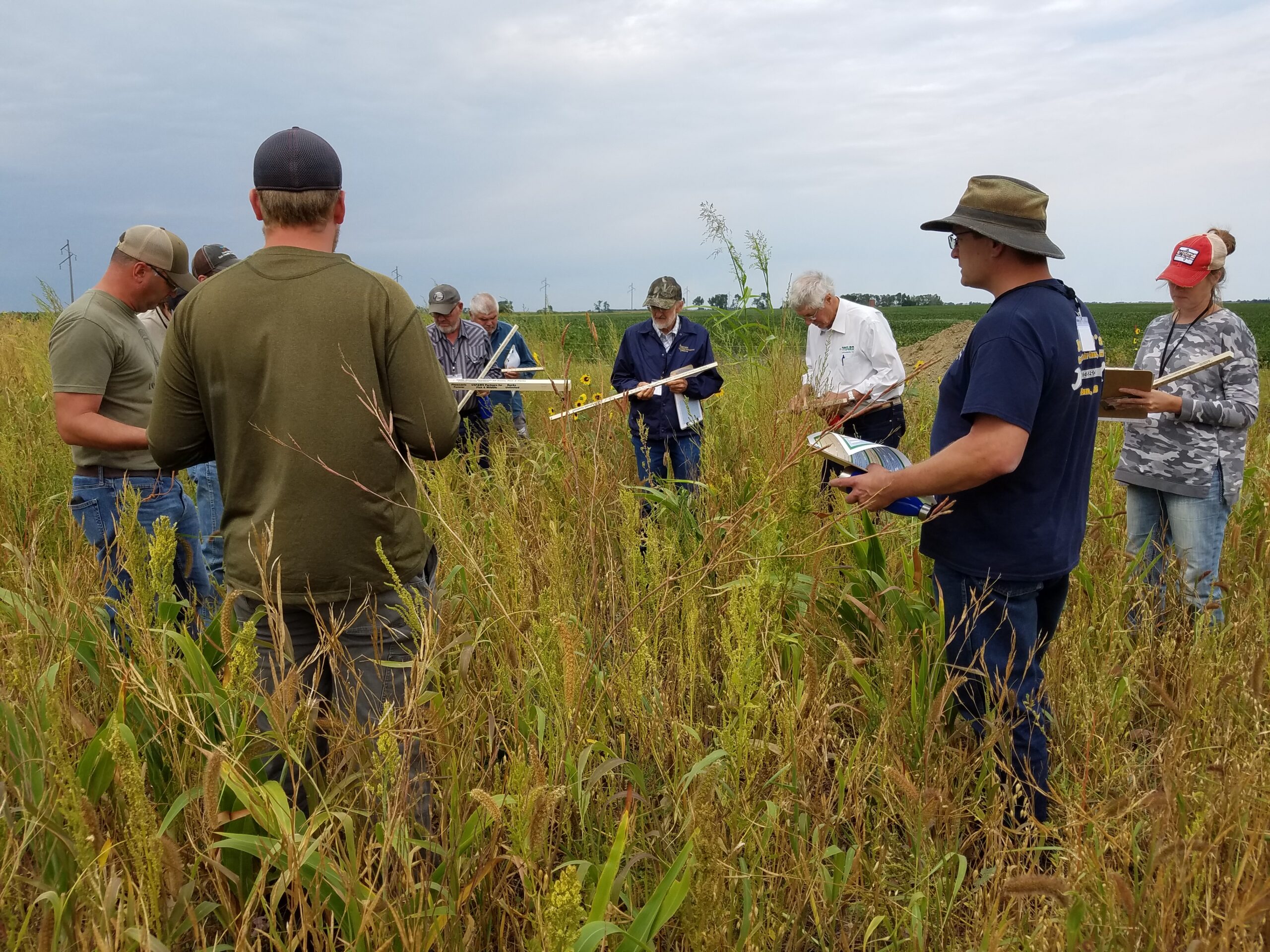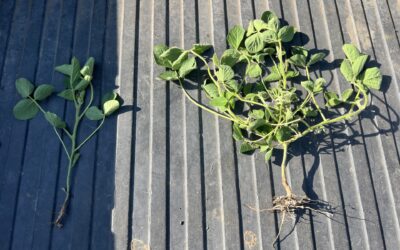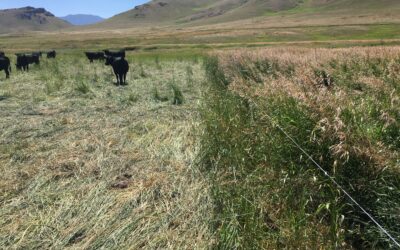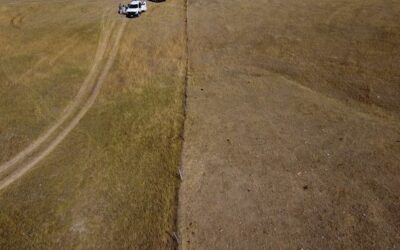Our Vision
A collective effort to increase sustainable ag production through diversification and improved soil health.

West River Soil Health School Registration Open!
In 2024, the South Dakota Soil Health Coalition will host an additional Soil Health School in west of the Missouri River! The 2024 West River Soil Health School with be held June 26-27 near Caputa, SD! This school will focus on issues specific to the land, climate, and ag production systems of wester South Dakota. Class size is limited, so early registration is strongly encouraged!
News & Events
Farmer reaps higher yields by interseeding soybeans
By Stan Wise Alex Frasier has spent a lot of time studying what it takes to grow a successful crop. After studying ag production and precision technology at Lake Area Technical College, he has worked in ag retail and currently works as an agronomist in Aberdeen, SD....
Farm and ranch innovators to share new ideas at Soil Health Conference
By Stan Wise PIERRE, SD — Before Cooper Hibbard came home to manage his family’s ranch, he studied ag business, rangeland resources and Spanish at California Polytechnic State University and then worked on ranches all over the world. That education and experience...
Wintertime is decision time
By Stan Wise PIERRE, SD – It’s often said that the best time to start improving your land was 20 years ago, but the second-best time is right now. That statement might be harder for ranchers to swallow with winter on their doorstep, nothing growing in their pastures,...
Our Mission
The South Dakota Soil Health Coalition is a producer led, non-profit, membership organization that was created in the spring of 2015. The Coalition is governed by a nine-member board of farmers and ranchers from across the state and includes several staff members. Staff and board members strive to carry out the Coalition’s mission to “Promote Improved Soil Health” through education and research.
5 Principles of soil health
1. Soil Cover
Keep plant residues on the soil surface. Look down, what percentage of your soil is protected by residue? Erosion needs to be minimized before you can start building soil health.
2. Limited Disturbance
Minimize physical, chemical, and biological disturbance as much as possible. You will start building soil aggregates, pore spaces, soil biology, and organic matter.
3. Living Roots
Keep plants growing throughout the year to feed the soil. Cover crops can add carbon to the soil, providing a great food source for micro-organisms. Try to add a perennial to your system. Start small to find the best fit for your operation.
4. Diversity
Diversity as much as possible with 3 or more crops and cover crops whenever possible. Try to mimic nature- cool and warm season grasses and broadleaf plants. Three or more crops in rotation benefits the soil food web, improves infiltration, nutrient cycling, reduces disease and pests, and aids in weed suppression.
5. Integrating Livestock
Fall/winter grazing of cover crops and crop residue increases livestock’s plane of nutrition at a time when pasture forage quality can be low, increases the soil biological activity on cropland, and improves nutrient cycling. Proper grassland management improves soil health.
Soil Health Benefits
Organic Matter
Builds organic matter which retains and cycles nitrogen and sequesters carbon; which in turn reduces fertilizer and fuel costs.
Water Infiltration
Improves water infiltration and retention which helps to better manage the effects of flood or drought and improves trafficability.
Water Quality
Healthy soils filter and clean water that moves through it, for improved water quality.
Reduced Erosion
Stabilizes soil aggregates which improves resistance to erosion by wind and water.
Wildlife Habitat
Enhances wildlife habitat and balances the biological community above and below ground.
DID YOU KNOW?


